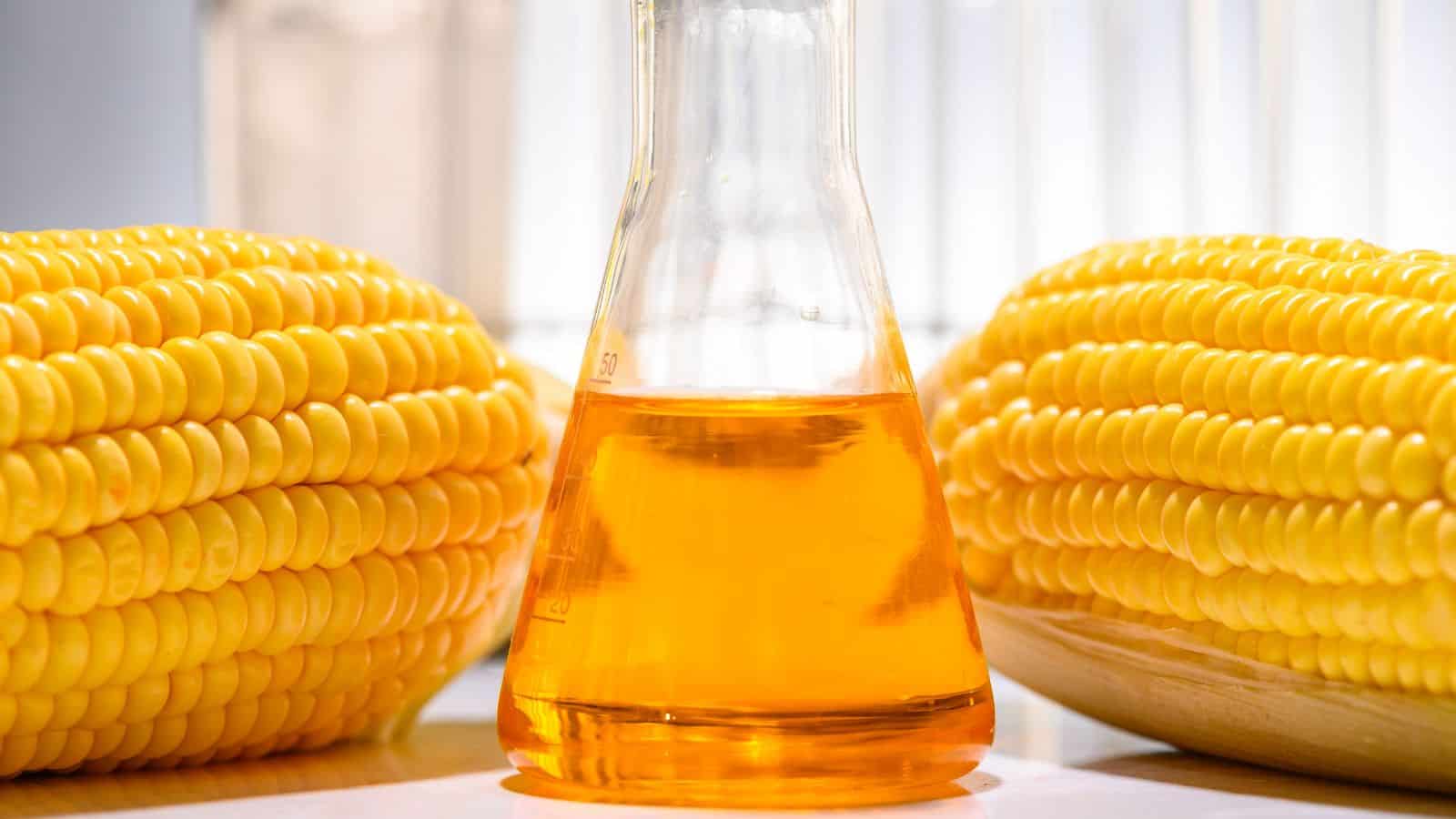Our changing climate looms over all kinds of food, from key crops to luxury items. Favorite foods, like these 20 grocery staples might disappear in the face of climate change.
Coffee

Coffee, beloved by millions, faces a grim future due to climate change. Rising temperatures and altered rainfall patterns are affecting coffee-growing regions, leading to decreased yields and increased threats from pests and diseases.
Chocolate

Cocoa trees, which thrive in stable rainforest environments, are under threat from rising temperatures and changing rainfall patterns. The changes risk a decrease in chocolate production, making this indulgent treat a rare and expensive commodity.
Wine Grapes

Wine grapes are highly sensitive to their climatic conditions, and changing weather patterns are affecting vineyards worldwide. This could result in a decline in wine quality and availability, particularly for varieties that require specific climate conditions.
Bananas

Bananas, a staple fruit for many, are threatened by both climate change and disease. Increasing temperatures can lead to reduced yields, while diseases like Panama disease are spreading more rapidly in warmer conditions, threatening banana crops globally.
Honey

Bees, crucial for pollinating many crops, are facing numerous threats from climate change, including habitat loss, extreme weather, and increasing temperatures. The more changeable climate threatens honey production and might impact many other crops that rely on bees for pollination.
Avocados

Avocado trees require specific climatic conditions to thrive, and water scarcity in growing regions like California and Mexico is threatening their production. As climate change continues, avocados could become scarcer and more expensive.
Salmon

Wild salmon populations are under threat due to rising ocean temperatures and acidification. These conditions disrupt their food sources and breeding patterns, potentially leading to a decline in salmon availability.
Maple Syrup

Maple syrup production is highly dependent on specific weather conditions during the spring. Climate change is causing more erratic weather, which can lead to reduced maple syrup yields.
Chickpeas

Chickpeas, a key ingredient in many vegetarian diets, require specific growing conditions that are being disrupted by climate change. Problems with the usual seasonal conditions risk lower yields and threaten to make hummus much harder to come by.
Strawberries

Strawberries require cool winters and mild summers for optimal growth. Rising temperatures and changing climate conditions could reduce strawberry yields and affect their quality.
Almonds

Almond trees are heavily reliant on water and are threatened by the increased frequency of droughts in key growing areas like California. Water scarcity and changing climate conditions could severely impact almond production.
Apples

Apple orchards require a period of winter chill to produce fruit, and warmer winters are affecting apple yields. The missing cold snap of winter may decrease apple production and affect the availability of popular varieties.
Rice

Rice, a staple food for billions, is vulnerable to both flooding and drought, which are becoming more frequent due to climate change. An interruption to the usual conditions in rice paddies could hit rice production and drive higher prices.
Peanuts

Peanuts require stable warm climates and are susceptible to both drought and flooding. Climate change could lead to more unpredictable weather patterns, affecting peanut yields.
Olives

Olives are sensitive to temperature changes, and climate change is affecting olive groves, particularly in the Mediterranean region. Olive oil production and availability stand to take damage from the new scorching heat waves.
Tea

Tea plants require specific climatic conditions to thrive, and climate change is affecting tea-growing regions with erratic rainfall and temperature changes. A decrease in tea quality is worryingly possible.
Corn

Corn is susceptible to both drought and excessive rainfall, which are becoming more common due to climate change. Reduced yields and higher prices for corn could be a big problem for global food prices.
Blueberries

Blueberries need specific soil conditions and a particular climate to thrive. Climate change, with its rising temperatures and changing precipitation patterns, may mean blueberries become scarce in the future.
Tomatoes

Tomatoes are sensitive to heat and require a consistent climate to produce good yields. Rising temperatures and increased frequency of extreme weather events put tomato production in danger.
Barley

Barley, used in beer brewing and as animal feed, is vulnerable to extreme weather conditions like droughts and floods. Climate change could impact barley yields, affecting beer production and livestock feeding.
